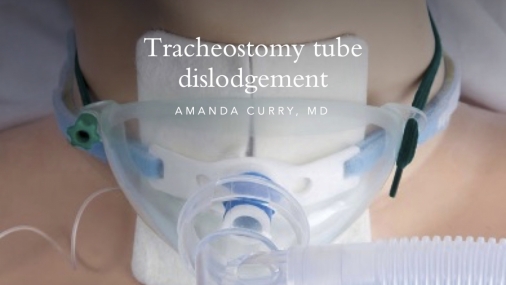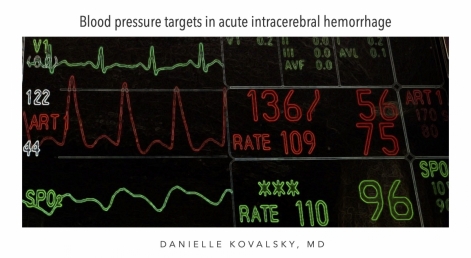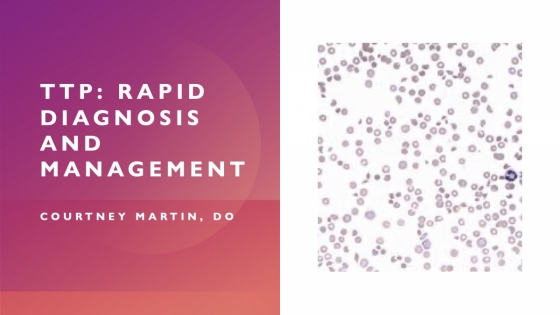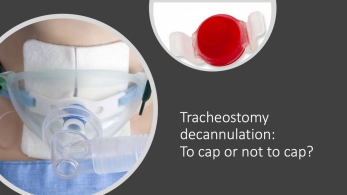APRV to the rescue

One out of ten critically ill patients in the intensive care unit (ICU) will develop acute respiratory distress syndrome (ARDS). In addition to low tidal volume ventilation, prone positioning and neuromuscular blockade, adjusting the mechanical ventilation mode may be another strategy to implement early in a patient’s clinical course when faced with ARDS complicated by refractory hypoxemia.









